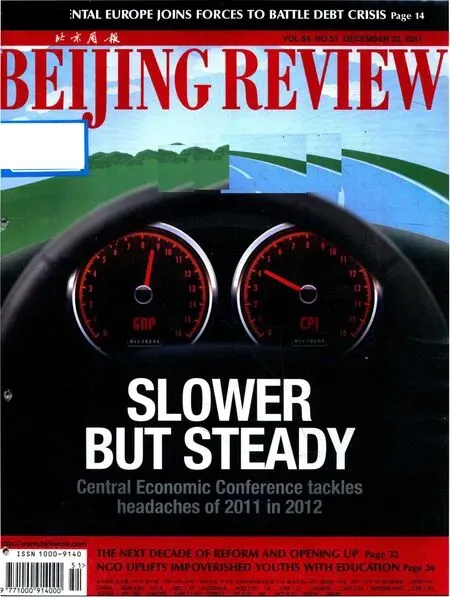Islamic Cultural Exchanges
By ZHOU XIAOYAN
EVENTS
Islamic Cultural Exchanges
By ZHOU XIAOYAN
The China-Indonesia Islamic Culture Expo and Art Show 2010 was held in Indonesia on July 23-25. With the theme of Peace, Friendship,Cooperation and Progress, the event also commemorated the 60th anniversary of the establishing of diplomatic relations between China and Indonesia.
As the first extensive exchange on Islamic culture between the two countries,the event presented the part that the splendid Islamic culture has played in the long history of the two nations.
Comprising a variety of cultural and art activities, including a photograph exhibition, a display of cultural relics and art performances, the event attracted about 6,000 visitors. In the photograph exhibition, more than 300 photos introduced the history of Islam in China and the life of Chinese Muslims.
Another highlight of the event was the exhibition of Islamic antiquities in China and commodities of Chinese Muslims. Many visitors were greatly interested in the items on the show including a handwritten version of theKoran, a 300-year-old blue and white porcelain censer with inscription of Islamic scriptures and three cloisonne utensils used by a Chinese Muslim family in the 19th century.
Performances staged by Muslim artists from China were also eye-catching.
Apart from these, scholars from the two countries have held in-depth exchanges on Islamic cultures in both countries, deepening the understanding to each other.
Indonesia has the world’s largest population of Muslims. Islam was introduced to China 1,350 years ago, and the number of Chinese Muslims totals more than 20 million today.
At the closing ceremony of the event,Chen Guangyuan, Director of the China Islam Association, said the event was a milestone in the friendship and communication between Chinese and Indonesian Muslims. He said he expected more such activities in the future.
Meanwhile, Patrialis Akbar,Indonesian Minister of Justice and Human Rights, said Indonesian people now had a better understanding of the Chinese Islamic culture. He said cultural communication between the two countries had entered a new era. “We live in the same world, so we are a family,” he said.

